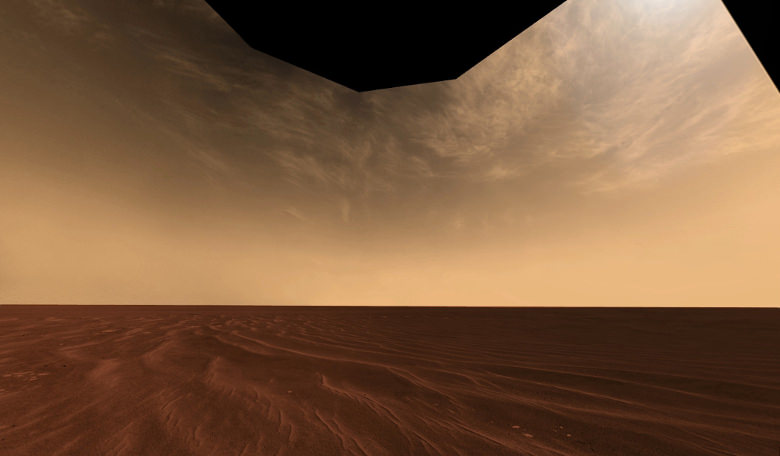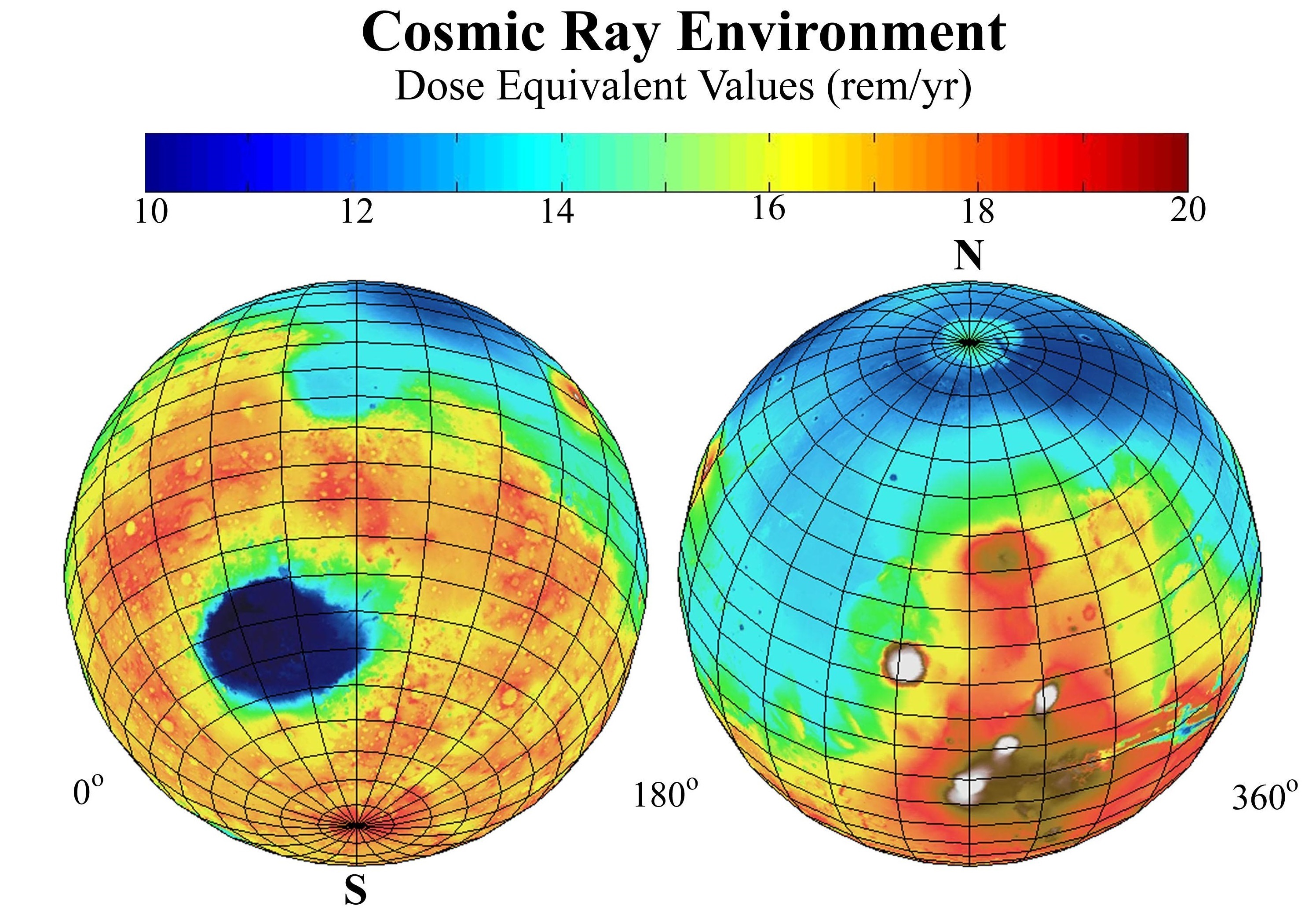
A potential explanation for the seasonal Martian methane.
Illustration: NASA/JPL-Caltech
No, NASA hasn’t discovered life on Mars yet—but a new result makes it seem like maybe, at some point in the planet’s history, the conditions were ripe for some extraterrestrial beings. Maybe.
The scientists behind experiments conducted by the Curiosity rover are today reporting two results that make the Red Planet’s story even more interesting. One group found carbon-containing organic matter in 3.5-billion-year-old rock. Another noticed the methane levels around Curiosity varied by the season. Combined, these results present tantalizing hints of a potentially habitable Martian past.
From everything we can tell of the chemistry and the minerals deposited in the Gale crater where Curiosity is stationed, “we think it was a habitable environment,” Jennifer Eigenbrode from the NASA Goddard Space Flight Center told Gizmodo. “It had the ability to support life—but doesn’t mean life were there.”
As for the methane, Curiosity’s Tunable Laser Spectrometer measured the methane levels in its surrounding atmosphere over five years. The levels averaged at 0.41 parts per billion by volume, but ranged from 0.24 to 0.65 depending on the season. Here on Earth, we associate methane with life, but it’s a mystery what could be causing it on Mars. Perhaps it’s some geologic process. “It probably indicates more active water in the subsurface than we understood,” scientist Kirsten Siebach, Martian geologist at Rice University not involved with the studies, told Gizmodo.










